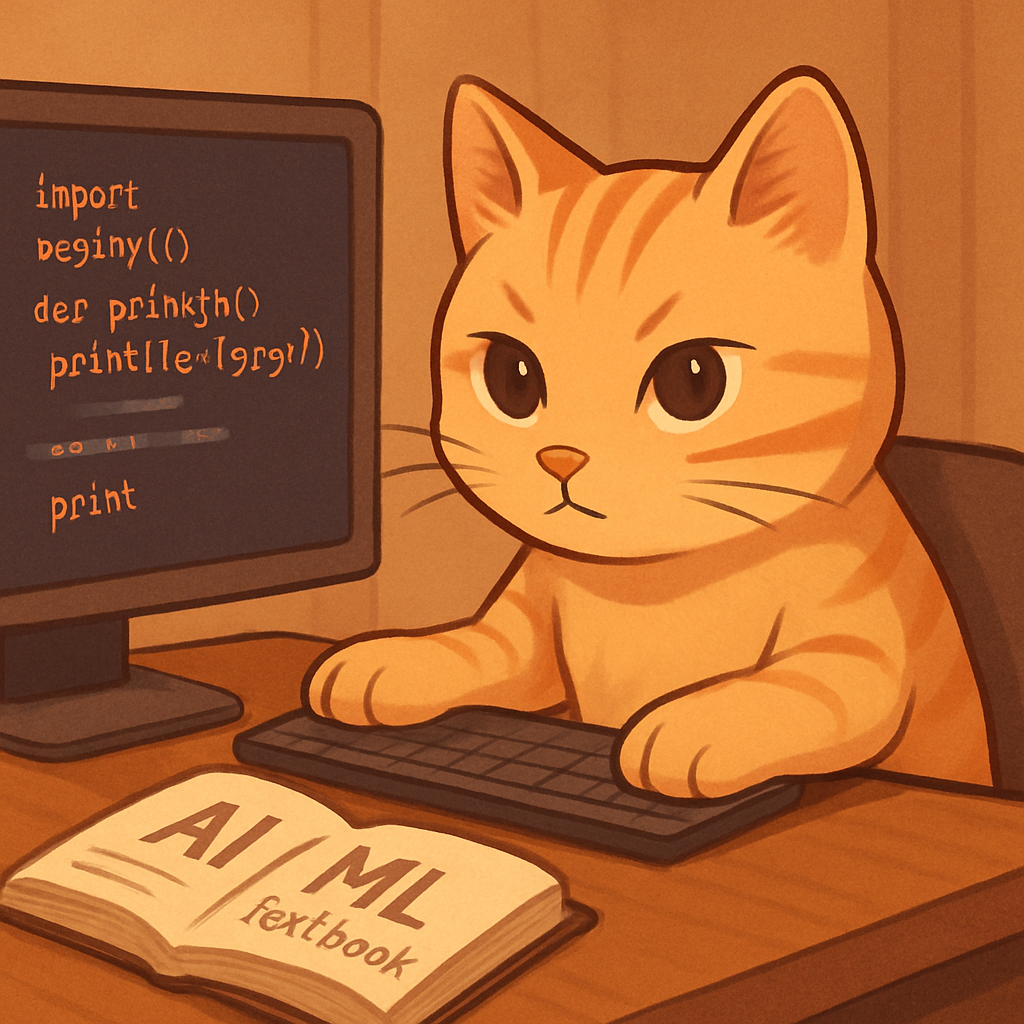Building a Vending Machine in Python Using OOP
Introduction
I attempted to build a vending machine system in Python with a strong emphasis on object-oriented programming (OOP). I wanted to use as many objects and classes as possible — even if it meant going slower — because I knew this approach would help me understand real software structures better.
System Overview
The program is made up of two main classes:
VendingMachine: Handles product lists, user interactions, and money processing.Administrator: Adds new items and can (eventually) modify or remove products. It loads and saves data usingpickle.
Example snippet
goods = {}
goods["brand"] = self.writeBrand()
goods["price"] = self.writePrice()
goods["unique_key"] = self.keyGenerator()
goods["stock"] = self.writeStock()
self.vm.goodsList.append(goods)
This method in the Administrator class adds new products dynamically.
What I struggled with
-
How to pass and update shared data: I needed both classes to work on the same product list, so I passed the
VendingMachineinstance toAdministrator.
→ This made me understand how objects can refer to and manipulate shared states. -
Input validation: Ensuring that user inputs (like price or stock) were valid integers made me think more about user experience and edge cases.
-
Unique product keys: I had to manually track and generate a
unique_keyfor each item. Later I realized this could be automated better or managed by using a database. -
Object vs Dictionary: I originally used dictionaries to store item info. I want to refactor this into its own class, like
Product, for better encapsulation.
What I learned
- Sharing state between classes by passing object references is extremely powerful and essential in larger applications.
- Separating admin tasks from customer-facing logic made my code much cleaner.
- Using
pickletaught me how data can be saved and restored across sessions.
What I want to do next
- Create a
Productclass to replace dictionaries and better represent individual items. - Implement the remaining admin functions: edit, remove, and restock products.
- Add inventory checks before dispensing items.
- Eventually build a GUI version using tkinter.
This project wasn’t finished — but it’s already taught me a lot about how real systems are structured with OOP.
